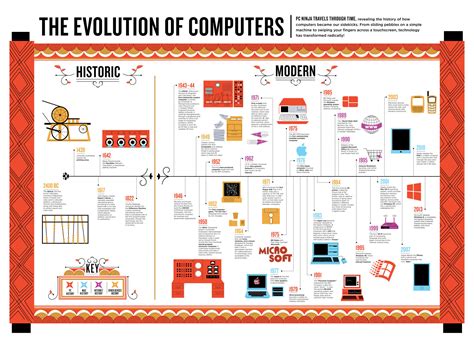The role of operating systems in personal computing has undergone colossal evolution since their inception. Initially just simple interfaces for managing a computer’s hardware resources, operating systems have morphed into complex ecosystems that support a myriad of functionalities. The pivotal moment in their journey arguably occurred during the early 1980s when a series of events catalyzed the transformation of the PC industry. This shift was predominantly facilitated by strategic corporate decisions, notably IBM’s partnership with Microsoft. The story of how IBM, initially seeking to purchase Digital Research’s CP/M for its forthcoming personal computer, ended up sealing a deal with Microsoft for PC-DOS is a narrative that underscores the unpredictable course of tech advancements.
In considering these events, it’s essential to reflect on the precariousness and sheer fortuity that often accompany technological shifts. For instance, the miscommunication during IBM’s negotiation with Digital Research, due to Gary Kildall’s reported absence, inadvertently opened doors for Microsoft. Bill Gates, seizing the unexpected opportunity, purchased an operating system from Seattle Computer Products, which closely resembled CP/M, and licensed it to IBM. This masterstroke not only set Microsoft on its path to domination by retaining rights to the software but also undercut CP/M, once a leading operating system, setting a classic example of business acumen intersected with chance.
Furthermore, the economic repercussions of these decisions were staggering. IBM’s choice to set PC-DOS at a significantly lower price point than CP/M illustrates the aggressive strategies companies employed to penetrate the market. This pricing strategy catalyzed the widespread adoption of PC-DOS over CP/M, significantly affecting Digital Research’s market position and solidifying IBM’s influence in the burgeoning PC market.
Despite the apparent losses on the part of companies like Digital Research, the broader implications on the industry were profoundly beneficial. The standardization around IBM’s architecture, propelled by the affordable and accessible MS-DOS, encouraged the proliferation of PC clones. This not only democratized computing technologies but also fueled innovation and competition within the sector. MS-DOS’s pivotal role in this was twofold: it provided a platform that was economical and broadly accessible, thereby enabling computing to become a mainstream utility rather than an esoteric or luxury product.
This era also showcased the strategic value of software licensing and the foresight involved in such agreements. Microsoft’s decision to retain licensing rights to MS-DOS when dealing with IBM exemplified an understanding of the software’s potential value beyond its immediate utility for IBM’s hardware. This foresight is a critical lesson in the importance of intellectual property management within the tech industry, demonstrating how pivotal software became as a standalone product rather than merely an accessory to hardware.
As we mark fifty years of personal computer operating systems, it’s crucial we acknowledge not just the technological innovations but also the intricate tapestry of business decisions, missed opportunities, and serendipitous occurrences that have drastically shaped this landscape. From the confrontational beginnings with IBM and Digital Research to the monopolistic miles traversed by Microsoft, the journey of personal computer operating systems is a testament to the dynamism and unpredictability of tech industry evolution.


Leave a Reply